Coffee cup lid design-you don't know how hard the coffee lid is to prevent coffee from spilling!
Professional coffee knowledge exchange more coffee bean information please follow the coffee workshop (Wechat official account cafe_style)
A cup of take-out coffee is the beginning of the morning for many people. The espresso carried on the road is always the temptation on the way to make you want to steal a sip. However, part of the lid is designed so that once it is opened, it cannot be re-closed. After a shallow taste, the coffee is easy to spill over or even spill over with the pace or the tremor of the carriage. The lid of a small coffee cup has been continuously improved since its introduction, just to solve this problem: to prevent coffee from spilling along the way.
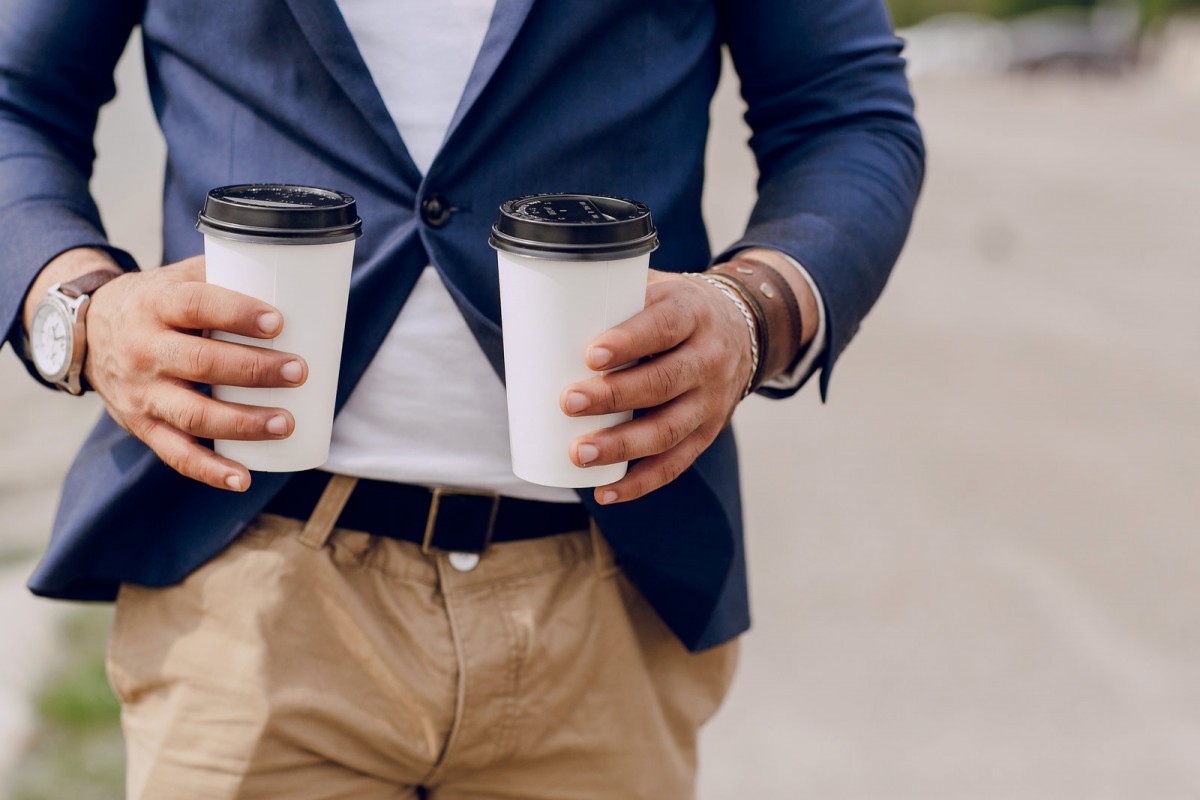
Two American architects, Louise Harpman and Scott Specht, have collected more than 500 cup lids over the years and published books Coffee Lids: Peel, Pinch, Pucker, Puncture, introducing the design changes of coffee lids.
This "Coffee cover Guide" divides the lids of the forest into four types: Peel, Pinch, Pucker and Puncture. The authors trace the invention of the cup lid back to 1953, when a detachable cup lid designed by Delbert E. Phinney applied for a patent. The so-called "peeling" cup lid, in which a small piece of film is removed from the notched position to drink coffee, is still common today. The "pinch-down" design is similar to peeling, except that when opened, the cover needs to be buckled under the pressure of the thumb and index finger, rather than torn off completely. "piercing" is to press the protruding button down. when the button is sunken, cracks will occur to keep the lid intact and avoid accidentally tearing the lid when pulling.
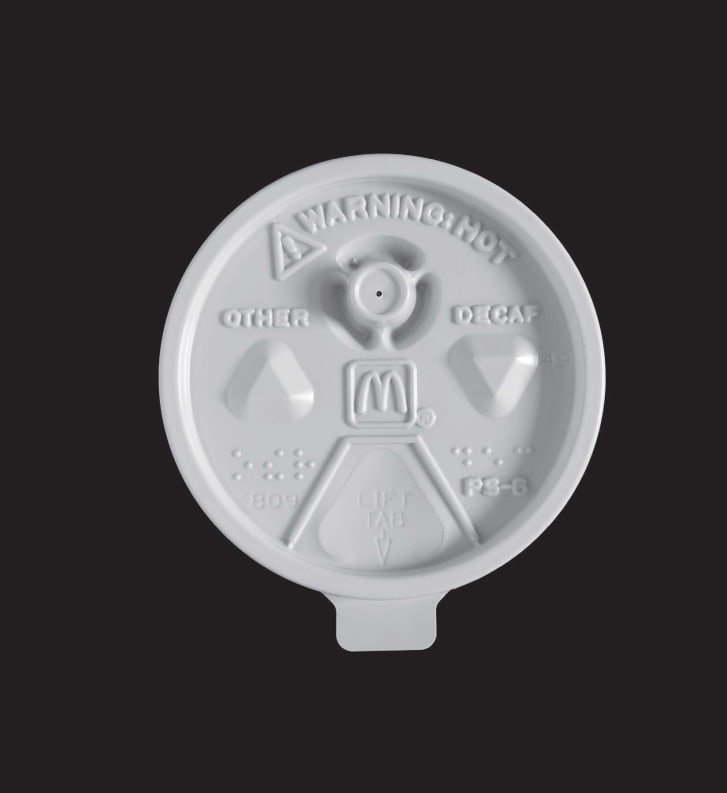
McDonald's still uses peeled cup lids. Photo Source: Benjamin English
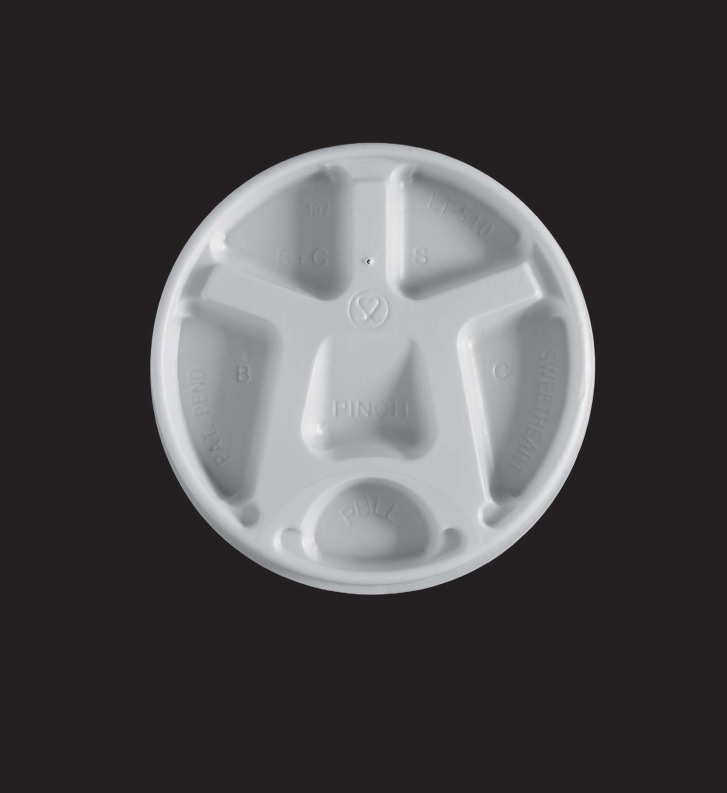
Pinch-type design requires a certain amount of finger force in order to buckle the cover. Photo Source: Benjamin English
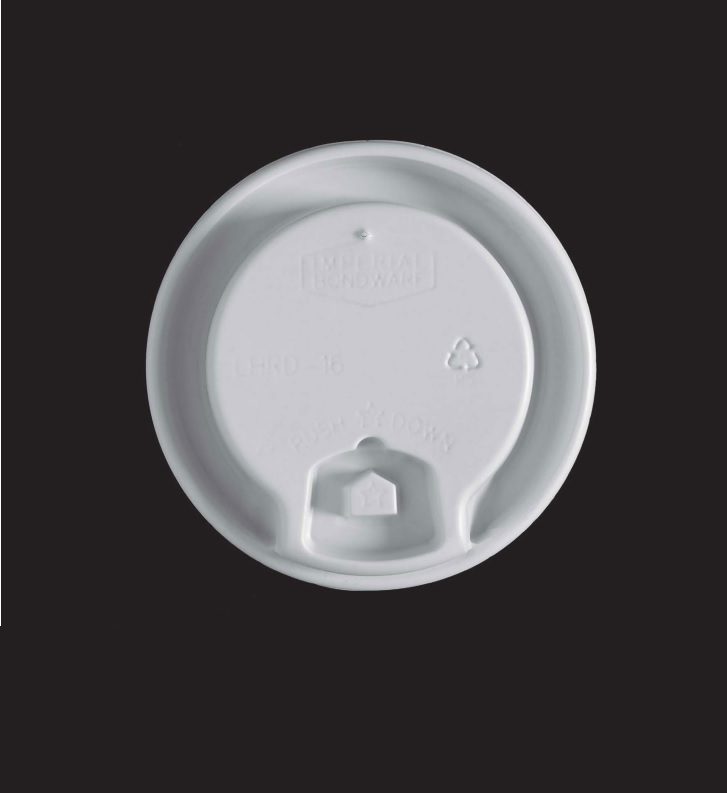
Piercing design, fingers buckle down, may inadvertently soak in coffee. Photo Source: Benjamin English
However, there are some defects in the design of removing the cover, especially when take-away coffee was very popular in the 1980s.
"people become so anxious that they can't wait to reach their destination and want to take a sip on the way," Harpman explained. "if you remove the lid, it will open a gap that cannot be plugged, and the liquid will spill out at any time. At the same time, the design of buckling the lid sometimes makes the fingers come into direct contact with the hot coffee in the cup.
"the question is, can we design a cup lid that can keep the lid intact, prevent spilling, and make it easy for people to take a sip at any time? "the problems pointed out by Harpman are the source of designers' motivation for innovation. To this end, different forms of cup lids began to appear, and the most diverse innovation is the "mouth-to-mouth" design. The user drinks coffee directly from the high piercing on the lid, so his lips do not touch the cup noodles and look like a muzzle. The most classic design is the 1986 "Solo Traveler" cup lid. The lid protrudes on the outside, and the grooves on the inside make the coffee have enough space to hold even if it overflows.
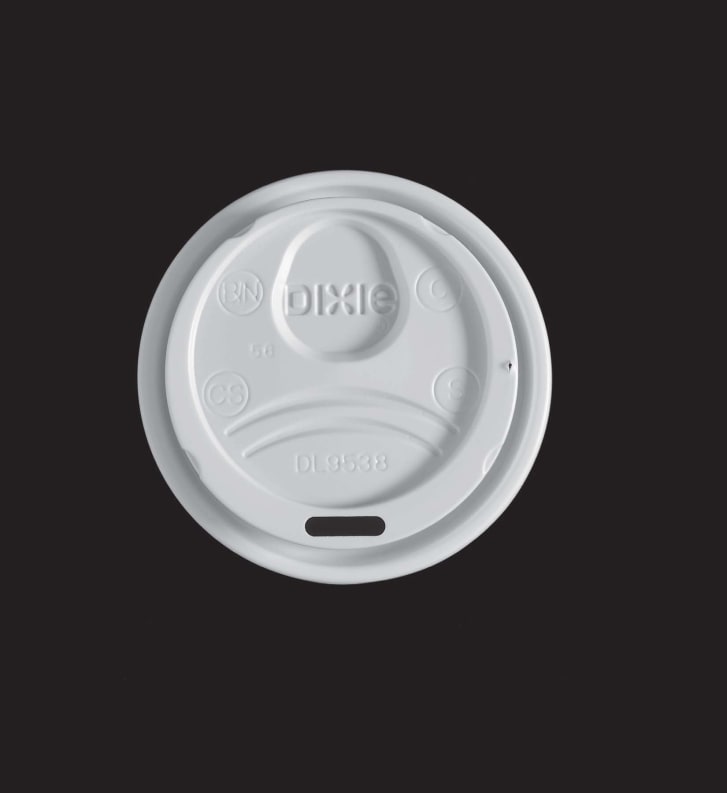
The muzzle design features that when drinking, the lips are completely glued to the lid rather than the cup. Photo Source: Benjamin English
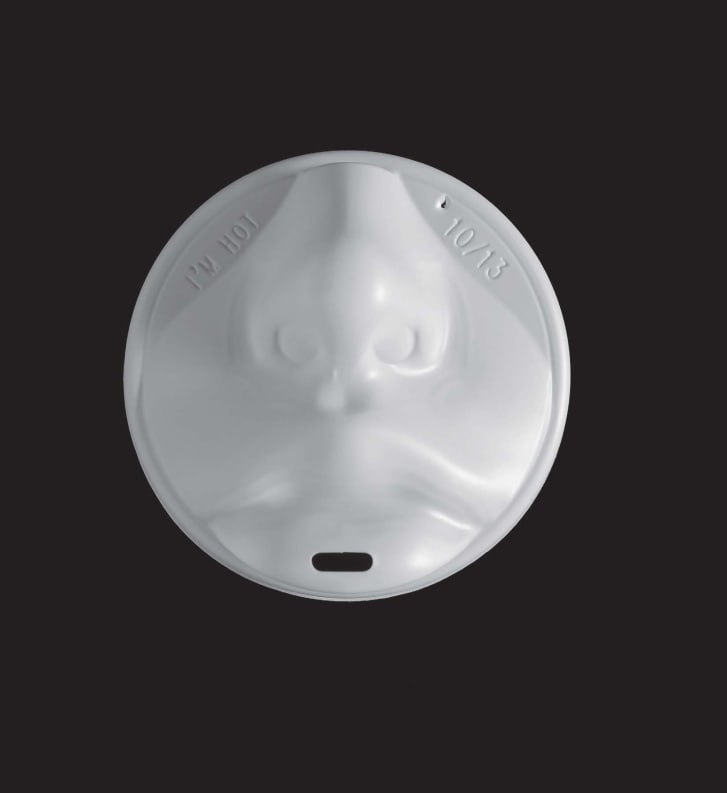
A novel design from Korea. Photo Source: Benjamin English
In recent years, this kind of coffee cup lid has been widely used, such as Starbucks using a similar design. But the room for innovation does not shrink, and coffee covers always have different requirements to cater to. For example, a pressing point marked with taste is added on the cover to facilitate the buyer's choice. In the 21st century, foamy coffee is so popular that some lids have been changed to protrude to accommodate foam. In addition, there are many interesting designs, such as a Korean-designed cup lid protruding into the shape of nose and lips, allowing drinkers to kiss coffee while sipping.
After all, coffee is the protagonist, and people may not care much about what is special about the lid design. But Harpman said: "behind this little thing, there is ingenuity and wisdom." I will use them in teaching, and it is very important for people to look at the coffee lid in a new way, because it is full of magic. Harpman also cited the FedEx trademark as an example: "when I designed the course, I found that at least half of people did not pay attention to the arrows hidden in the trademark. This is what they overlooked in their observation. "by the same token, the details of cup lids are also ignored, and they are not single in style. Therefore, the book Coffee Lids introduces the uniqueness of different cup lids, although they are only minor differences in design for a reason.
Important Notice :
前街咖啡 FrontStreet Coffee has moved to new addredd:
FrontStreet Coffee Address: 315,Donghua East Road,GuangZhou
Tel:020 38364473
- Prev
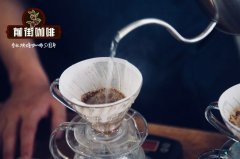
Hand brewing coffee novice appliances recommend Hand Drip hand brewing coffee five tricks are not important!
Professional coffee knowledge exchange more coffee bean information Please follow the coffee workshop (Wechat official account cafe_style) Coffee Appliances Top Ten recommended Coffee Appliances recommended temperature is everything that determines the taste of coffee. Immersed in the comfortable sunshine of spring afternoon, enjoying afternoon tea, I think of everything this temperature brings to me. I like the taste of African beans, Tanzania.
- Next
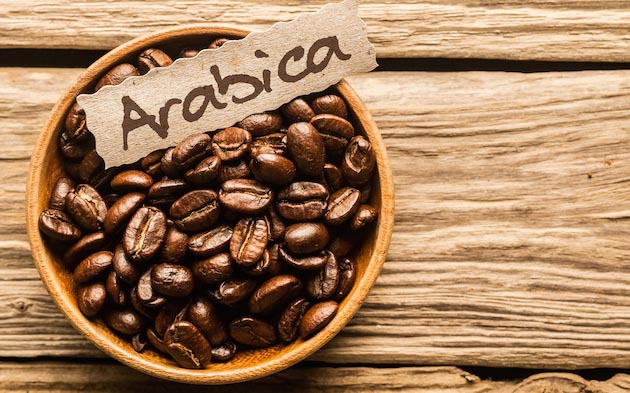
Arabica coffee beans are delicious? Why are Arabica coffee beans better than Robusta?
Professional coffee knowledge exchange more coffee bean information Please follow the coffee workshop (Wechat official account cafe_style) the varieties of Arabica coffee are generally divided into Arabica, Robusta and Liberica. Everyone is most familiar with Arabica, followed by Robusta, which should be no stranger, and the third is Lai.
Related
- Beginners will see the "Coffee pull flower" guide!
- What is the difference between ice blog purified milk and ordinary milk coffee?
- Why is the Philippines the largest producer of crops in Liberia?
- For coffee extraction, should the fine powder be retained?
- How does extracted espresso fill pressed powder? How much strength does it take to press the powder?
- How to make jasmine cold extract coffee? Is the jasmine + latte good?
- Will this little toy really make the coffee taste better? How does Lily Drip affect coffee extraction?
- Will the action of slapping the filter cup also affect coffee extraction?
- What's the difference between powder-to-water ratio and powder-to-liquid ratio?
- What is the Ethiopian local species? What does it have to do with Heirloom native species?

